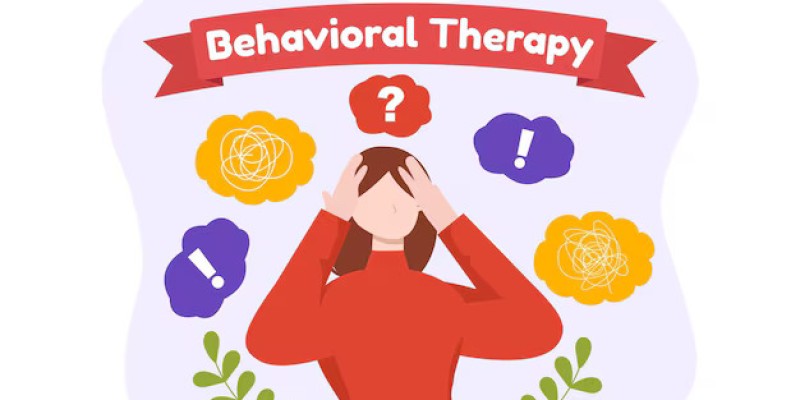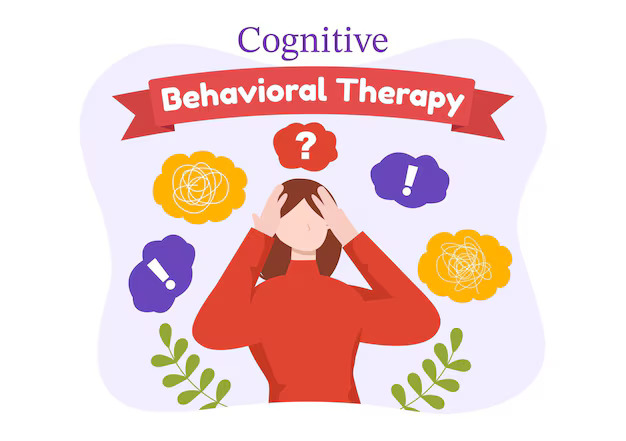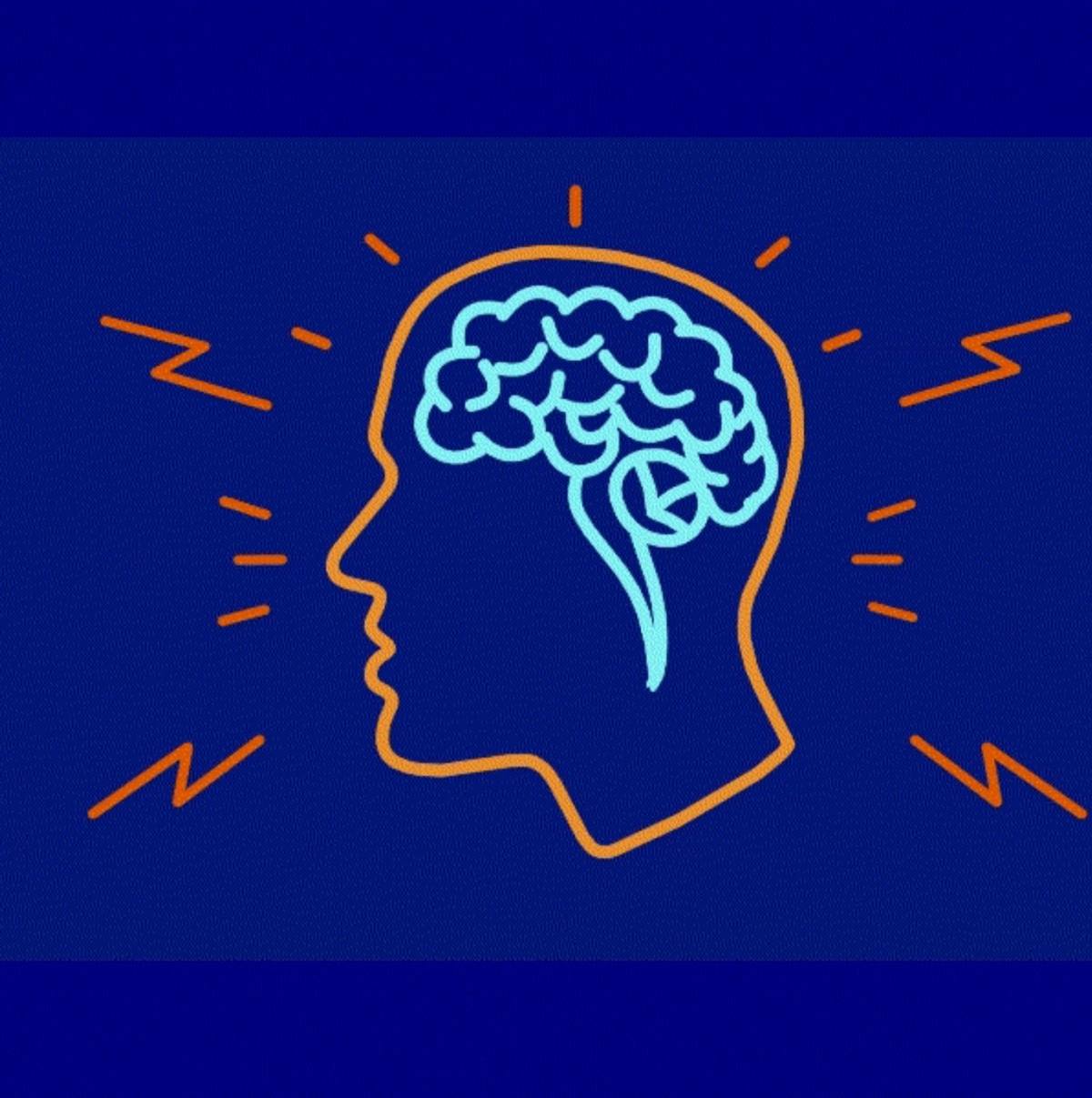At a recent Parent-Teacher Meeting (PTM), I witnessed parents arguing with a teacher about their child’s academic performance. This familiar scene surprised me because the parents refused to acknowledge their child’s faults, even when it was evident to other bystanders.
This wasn’t an isolated incident; I observed similar situations repeatedly at PTMs, whether related to academic performance, social behavior, or interactions with teachers. Conversations with friends who are school teachers confirmed that children today are often more disrespectful, less resilient, and lacking essential life skills.
The Decline in Academic Performance and Social Skills
Apart from neglecting academics, children’s overall performance has declined. While some of this can be attributed to the COVID-19 pandemic, which impacted academic and social skills, it made me wonder: Is there a change in parenting styles leading to these behaviors?
Changing Parenting Styles: From Authoritarian to Permissive
Every generation has its own parenting style, heavily influenced by cultural context. Millennials, who grew up with authoritarian parenting, now raise children in a vastly different environment.
In our childhood, the teacher’s word was law, and parents rarely questioned it. Now, as millennial parents, we adopt a more holistic approach, focusing not just on academics but on overall achievements. We protect our children from obstacles and disappointments, ensuring they have everything they want. However, this raises a critical question:
Where Are We Going Wrong?
Why do our children, as adolescents and adults, still expect us to hold their hands? Why can’t they cope with life’s challenges effectively?
The Answer Lies in Overprotection
By shielding our children from every difficulty, we prevent them from developing a key life skill: RESILIENCE.
The Importance of Resilience
Resilience is the ability to adapt and bounce back from adversity, trauma, or significant sources of stress. It involves maintaining or quickly regaining mental health despite facing difficult circumstances.
From a psychological perspective, resilience includes:
- Emotional Regulation: The ability to manage and respond to emotional experiences in a healthy way.
- Optimism: A positive outlook on life and the belief that challenges can be overcome.
- Self-Efficacy: Confidence in one’s ability to influence events and outcomes in their life.
- Social Support: Having strong, supportive relationships that provide encouragement and assistance during tough times.
- Problem-Solving Skills: The ability to find solutions to difficult or complex issues.
Why Resilience is Essential from Childhood
- Coping with Stress: Children who develop resilience are better equipped to handle the everyday stresses and challenges they encounter, from academic pressures to social dynamics.
- Emotional Well-Being: Resilient children are less likely to develop anxiety, depression, and other mental health issues. They are better at managing their emotions and maintaining a positive outlook.
- Academic Success: Resilience contributes to better academic performance as children are more likely to persevere through setbacks and remain motivated.
- Social Skills: Resilient children often have stronger social connections and better relationships with peers and adults. They are more empathetic and cooperative.
- Long-Term Benefits: Building resilience in childhood lays the foundation for a healthy, fulfilling life. Resilient individuals are more likely to thrive in their personal and professional lives as adults.
How to Teach Resilience
- Modeling Positive Behaviors: Parents and caregivers can demonstrate resilience through their actions, showing children how to handle stress constructively.
- Encouraging Problem-Solving: Allowing children to face challenges and find solutions on their own helps build their confidence and problem-solving skills.
- Providing Emotional Support: Being there to support children emotionally, offering comfort and encouragement, helps them feel secure and capable.
- Fostering Independence: Encouraging children to take on responsibilities and make decisions fosters independence and self-efficacy.
- Teaching Healthy Coping Mechanisms: Helping children develop healthy ways to cope with stress, such as through mindfulness, exercise, or creative activities, provides them with tools to manage future challenges.
Conclusion
Millennial parenting, with its emphasis on protection and achievement, needs to balance with teaching resilience. By fostering resilience, we prepare our children to face life’s challenges confidently and independently, ensuring their long-term success and well-being.
Navigating life’s challenges can be daunting, but you don’t have to do it alone. Our professional counseling services provide personalized support tailored to your unique needs. Whether you prefer the focused attention of individual counseling, the shared experiences of group sessions, or the convenience of online counseling, we are here to guide you every step of the way. Let us help you build resilience and find the strength to overcome any obstacle. BOOK NOW!
Blog written by Dr Vinaya Prabha and Dr Himani Upadhyaya













 Millennial Parenting Trends: Challenges and Solutions
Millennial Parenting Trends: Challenges and Solutions  The Pleasure and Pain of Motherhood
The Pleasure and Pain of Motherhood  How the Mind Protects Itself: Understanding Defense Mechanisms
How the Mind Protects Itself: Understanding Defense Mechanisms  Finding Harmony: The Psychology of Work-Life Balance
Finding Harmony: The Psychology of Work-Life Balance  Cognitive Appraisal: Understanding How Your Mind Shapes Emotions
Cognitive Appraisal: Understanding How Your Mind Shapes Emotions  Understanding Cognitive Behavioral Therapy: A Guide
Understanding Cognitive Behavioral Therapy: A Guide  Embracing the tide of Emotions
Embracing the tide of Emotions  How Our Minds Play Tricks on Us
How Our Minds Play Tricks on Us  Handling Questions Effectively
Handling Questions Effectively  Professional Counsellors v/s Non-Professional Counsellors
Professional Counsellors v/s Non-Professional Counsellors 

